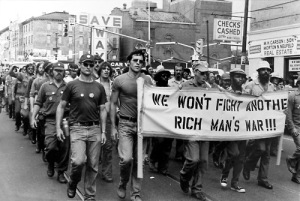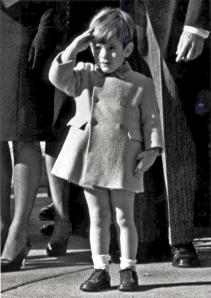While few commentators doubt the commercial benefits of the Panama Canal, many question the canal’s continued military significance. Much of that is due to the presence of United States naval fleets around the world and the canal’s inability to accommodate the larger ships. That said, one military event served as the catalyst for America’s drive to acquire the right to build the canal.
In the early days of the Spanish-American War, the battleship Oregon was in San Francisco when the Maine’s explosion in Havana served as America’s excuse to declare war on Spain. The Oregon took more than two months to sail from San Francisco to Palm Beach, Florida. Had there been a suitable canal across the Isthmus of Panama, the Oregon’s journey would have been 4,000 miles rather than 12,000. America’s acquisition of the Philippines enhanced America’s role in the Pacific. Whether or not politicians chose to accept the label, America had become an empire that required a greater naval presence around the globe and less obstacles in the path of American warships.
During World War II, the Panama Canal served as a deterrent to Germany and Japan, as the Canal gave the United States Navy the strategic flexibility to make up for the numerical disadvantage of the United States fleet. [GlobalSecurity.org] The Canal also shortened the Army’s supply line. While the Canal allowed the United States strategic flexibility, it also posed an attractive target for the enemy.
The United States had implemented several measures in 1939 to protect the Canal: special equipment to detect underwater mines in the lock chambers; restriction of commercial traffic to one side of the dual locks; and inspection of all ships before they entered the Canal. Once the United States entered the war, the government reached agreements with neighboring countries to allow the United States to install or expand naval installations in the region to provide a protective ring for the Canal.
The Canal has lost much of its strategic usefulness, particularly with the Navy’s reliance on aircraft carrier-centric fleets and the construction of other ships too large to pass through the Canal. That, together with the Canal’s vulnerability to attack, allowed the Joint Chiefs of Staff to support the 1979 Carter-Torrijos treaty, which returned the Canal to Panama in 2000. [Creighton, “Panama Canal Role Fades for Military,” Chicago Tribune, April 13, 1988] For an account about the challenges the Canal poses for aircraft carriers, see “Towing the Big E,” Daily Press (July 29, 2012).
SOURCES:
- Creighton, “Panama Canal Role Fades for Military,” Chicago Tribune, April 13, 1988, http://articles.chicagotribune.com/1988-04-13/news.
- GlobalSecurity.org, http://www.globalsecurity.org/military/facility/panama-canal.
- McCullough, David, The Path Between the Seas, Simon and Schuster (New York: 1977).
- Parker, Matthew, Panama Fever, Doubleday Edition (first published in the United Kingdom by Hutchinson in 2007).
- Shapiro, “Towing the Big E,” Daily Press (July 29, 2012), http://articles.dailypress.com/2012-07-29.





















